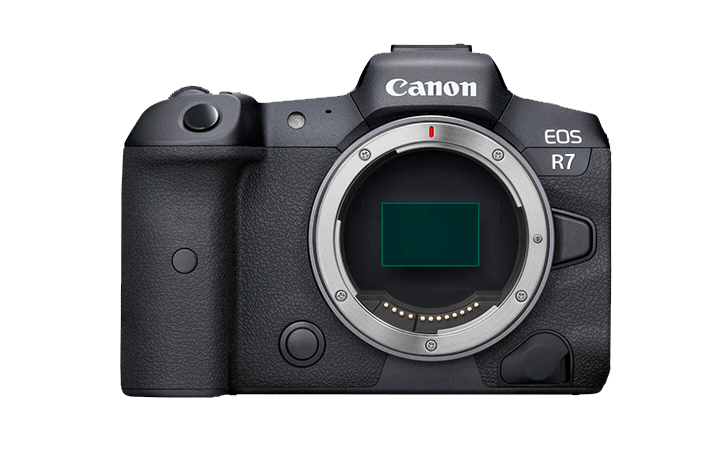I am with you in some aspects. I am not offended at all by the idea of a crop RF camera, whatever shape it will come in (if it will)... but I will say that, as someone invested in FF and not interested in crop, egoistically, I'd prefer Canon to focus on delivering more FF RF cameras and lenses... meaning I fear that crop bodies and lenses would reduce the R&D resources for FF, in a time when R&D resources are probably stretched.
Regardless of my feelings, I do not believe that a crop RF camera will be introduced. I will not be majorly unhappy if I will be proven wrong.
But I do disagree on the outlook for the EF and M systems. I do not believe that Canon will "kill" them outright, but I do believe that Canon will leave them in limbo with 0 investments and let them die of "attrition". They will of course keep selling existing offerings since they require no further investment, as long as there will be enough buyers to justify support costs and as manufacturing these cameras and lenses will not jeopardize the manufacturing of higher-end models.
What ample and readily available data is there, apart from good sales in Japan, to prove that things will improve in the future for EF and M?
Reasonable deductions based on multiple instances of manufacturers saying that they are focusing on the higher end of their offerings to serve pros and enthusiasts make me think that Canon and Sony and Nikon will pay at best lip service for crop cameras and lenses. Also, lack of new EF and M cameras and lenses will sooner or later become a self-fulfilling prophecy.

